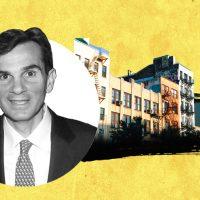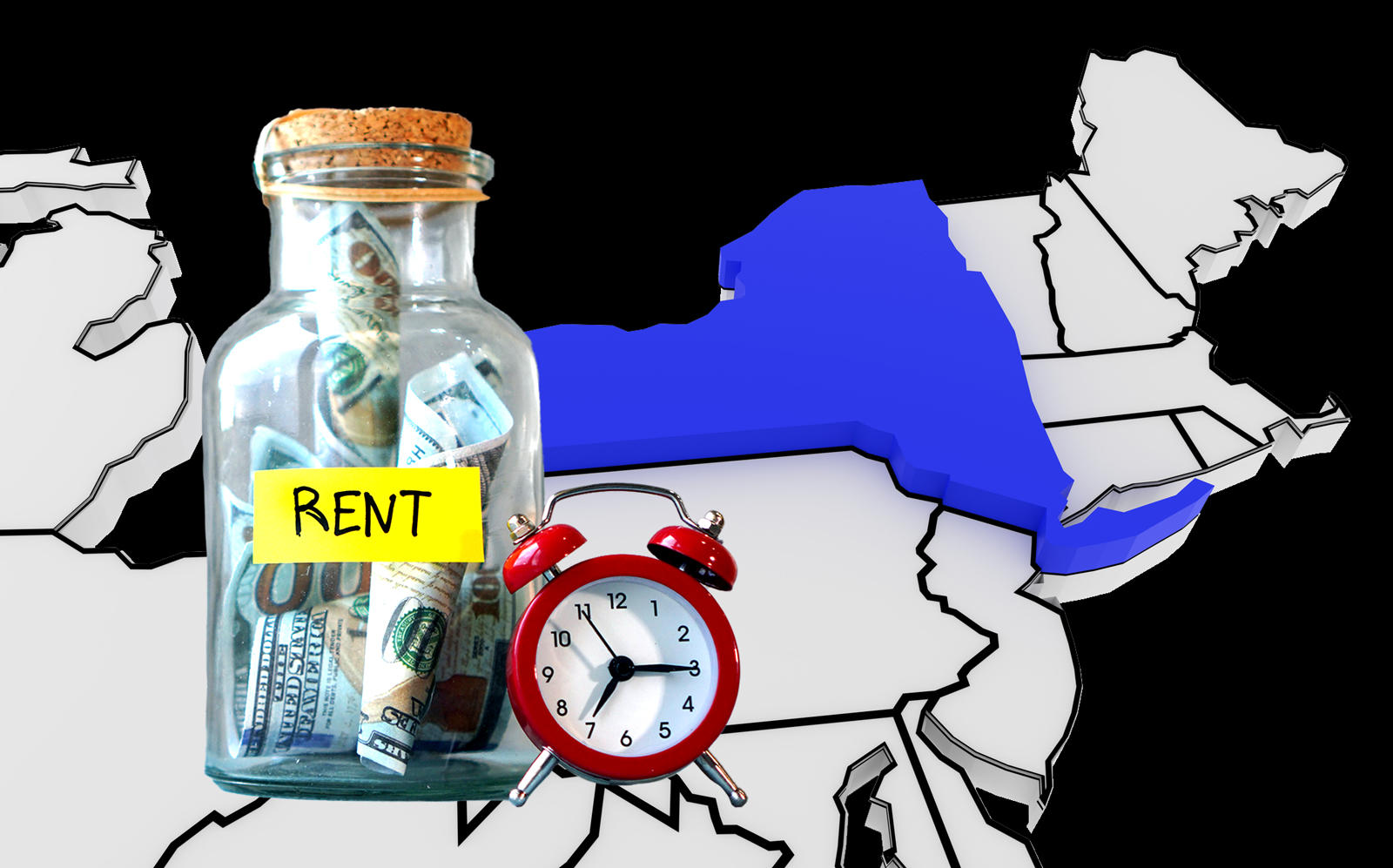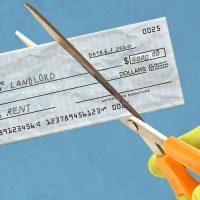 Signature Bank “pleasantly surprised” by multifamily rent collections
Signature Bank “pleasantly surprised” by multifamily rent collections
Trending
Rent collection jumps in NYC, ebbs in US
Vacancy rate in Gotham apartments has doubled since February, survey shows

The owners of 400,000 New York City rent-stabilized apartments reported that rent collection improved markedly in early July, while a national survey found collection in market-rate apartments slipped.
Their trade group Community Housing Improvement Program reported that 17.7 percent of residential tenants paid no rent in the beginning of the month, down from roughly 25 percent during the same periods in April, May and June. That represents a 29 percent improvement in the non-payment rate.
Read more
 Signature Bank “pleasantly surprised” by multifamily rent collections
Signature Bank “pleasantly surprised” by multifamily rent collections
 Nearly 1 in 4 New Yorkers skipped rent in June: survey
Nearly 1 in 4 New Yorkers skipped rent in June: survey
 Judge: How can rent law justify free rent for a year?
Judge: How can rent law justify free rent for a year?
The National Multifamily Housing Council, which collects data from 11.1 million market-rate apartments, reported that 91.3 percent of those households paid at least some rent by July 20, a modest drop from 92.2 percent by the same time last month.
During the pandemic, rent collection reported for those market-rate apartments has been consistently higher than for New York City’s nearly 1 million rent-stabilized apartments, which disproportionately serve low-income renters.
Despite the relative improvement in the city, rent collection in rent-stabilized apartments remains far worse than usual, which Jay Martin, CHIP’s executive director, underscored in a statement.
“This is no time to take a victory lap. Tens of thousands of New Yorkers are struggling to pay their rent and that means the owners of hundreds of apartment buildings are in financial distress,” said Martin. “Many of our members are in serious danger of losing their buildings if the federal government does not step up and provide renters with help.”
Most of the trillions of dollars disbursed by Congress during the pandemic has gone to individuals and small businesses, such as a weekly $600 unemployment benefit, some of which has filtered up to landlords. The unemployment bonus is due to end next week.
Between 5 percent and 10 percent of tenants who did not pay rent in CHIP’s previous surveys have started to pay some of their back rent, the survey showed. But 15 percent are at least one month behind — which the group extrapolated to estimate the number of units behind on rent citywide at 300,000.
The landlord group also reported a big increase in the vacancy rate: from 3 percent to 4 percent in February to 8 percent to 10 percent in July. The vacancies were more prevalent in higher-rent units, the survey found, which has strained balance sheets. Those apartments are typically not as easy to fill as the low-cost units, which are in greater demand.
Martin warned that the continued strain on multifamily property owners will force them to sell to “corporate landlords or vulture hedge funds” unless policies are implemented to make up for lost rent.
The properties facing the greatest rent shortfall are smaller residential buildings with a commercial tenant on the ground floor. Of those tenants, CHIP reported, 63 percent did not pay any rent for July. That rent can make up 30 percent of a building’s cash flow.
“These properties needed help months ago,” said Martin. “Elected officials need to be looking at ways to get property tax relief, emergency rental vouchers and other forms of help to the owners and occupants of these buildings immediately.”




